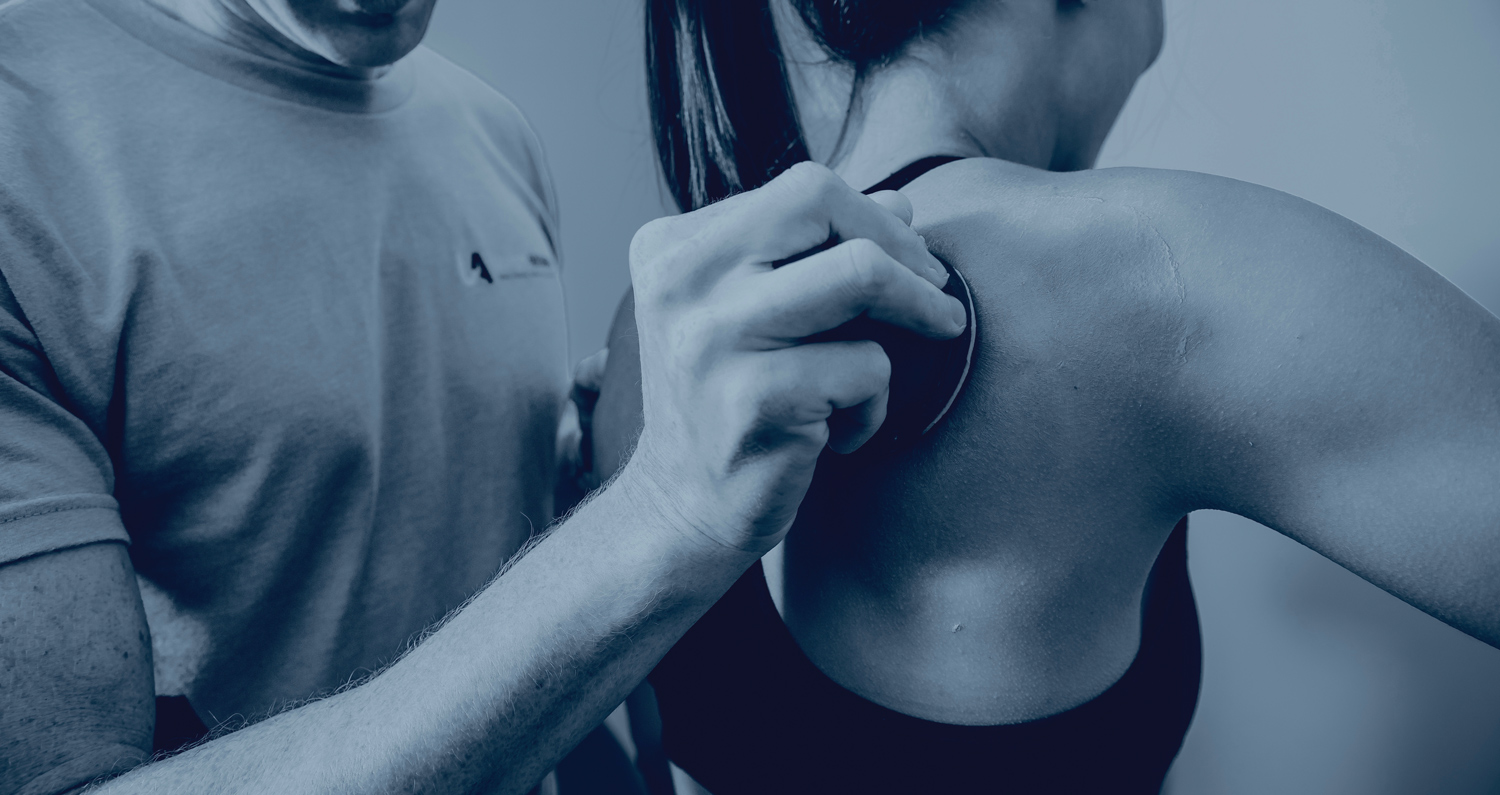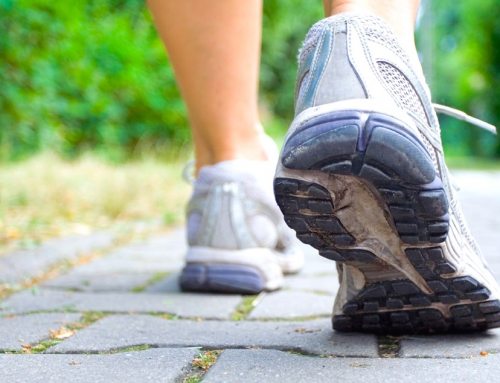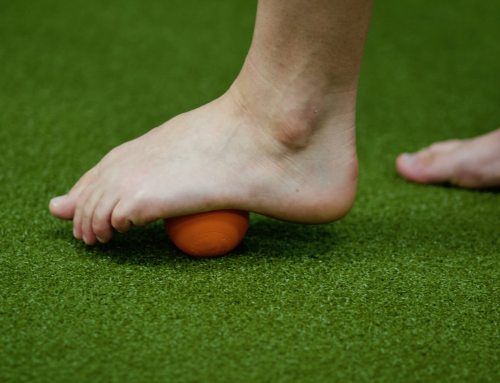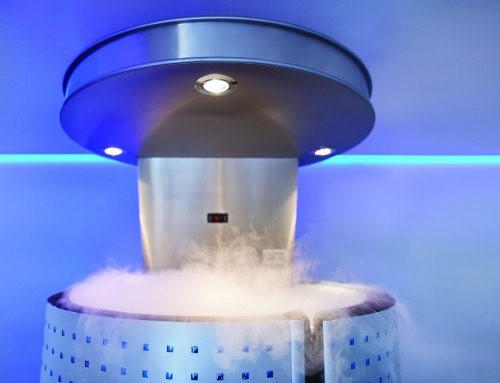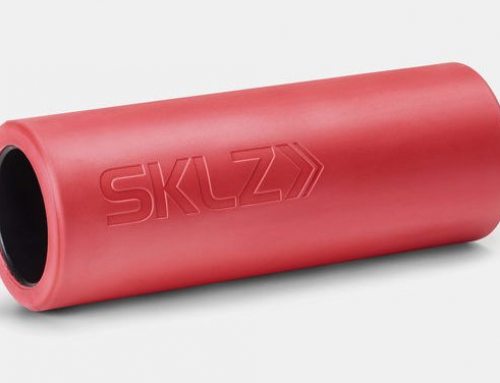By Norah Whitten
With the summer coming to an end and the intense heat (hopefully) subsiding soon it’s time for many to start full swing into fall training. With increases in training volume comes the increase likelihood for injury if not properly training and recovering.
Before diving into various recovery techniques, it is important we define exactly what we mean by recovery. Recovery has become a buzzword in the fitness industry and it seems like every day there is a new new product or supplement claiming to help you “recover faster”. But what does recovery actually mean? According to the dictionary the word recovery means “restoration or return to any former state or condition.” With that definition in mind we can think of athletic recovery as returning to the state our body was in prior to the stressor of exercise. More specifically, we are rebuilding the breakdown that occurred in our muscles, increasing efficiency of the cardio-respiratory system and returning to an even stronger state than before we started. The speed of which these processes occur is multifactorial and includes things such as consuming enough quality food, getting quality sleep, the amount of other life stressors (job, family, ect) and body work done. This includes massage, dry needling, cupping and other related techniques.
While all of these are important this article is going to focus on the various bodywork techniques and how each can aid in speeding the bodies’ process of recovery.
The most basic form of body work is soft tissue mobilization (STM) and massage. This is where the physical therapist or massage therapist simply uses their hands (or elbows, and in some techniques even feet) to manipulate the skin and underlying soft tissues which consist of muscle and fascia. Massage and STM help to reduce tension and soreness within the muscle by providing deep sustained pressure to the tissues which decreases the input from the central nervous system to the muscles, allowing it to more fully relax instead of staying in a contracted or semi-contracted state. When muscles are in their natural resting state they are better able to contract, thus giving us more power output and improved performance.
Similar to STM, dry needling has become a popular technique used by athletes. Dry needling is the act of using an acupuncture-like needling to actually pierce the skin and the muscle, thus disrupting the signal from brain to muscle and allowing the muscle to return to it’s resting state. The technique at the neurological level is very similar with STM and dry needling, however dry needling is a much more direct and quick approach. There are however small side effects with dry needling which include the possibility of post treatment soreness, lasting 12-24 hours.
Another very popular technique, made famous by Michael Phelps at the 2016 Rio Olympics is cupping. Cupping, also known as myofascial decompression, is the act of using a glass, plastic or silicone “suction cup” on the skin. When placed on the skin the suction cup temporarily induces hypoxia in the local tissue, so when the cup is removed vasodilation occurs and blood flow is increased. While the research is limited according to Bridgett, et. al. 2018 cupping has been shown to reduce the amount of creatine kinase in the blood post treatment, which may suggest an improvement in the speed of muscle fiber regeneration.
The last two techniques we will discuss as less widely used due to the potentially expensive equipment needed to perform these treatments. The first is external pneumatic compression (EPC), which includes the use of full limb sleeves that provide segmental sequenced pressure to help improve blood flow and lymphatic drainage. According to a study published in 2017 by Haun et al. the use of EPC following heavy resistance training did “reduce muscle soreness and attenuate reductions in flexibility”. The downside to use EPC is that devices are usually expensive, starting at a retail price of around $1200.
The second treatment uses a machine to deliver radio waves into the body and essentially heat the body from the inside out. The heat generated from the radio waves is due to the increase in cellular metabolism, thus giving off energy in the form of heat. The increase in cellular metabolism increases the local blood flow and improves the bodies ability to regenerate tissues that have been damaged. This is different from an ultrasound treatment, which many may be familiar with. The frequency of the waves delivered during a radiowave treatment is always at 448 KHz, while a typical ultrasound treatment is only 1 or 3 MHz which stimulates the tissues in a different way. During a radio-wave treatment the patient will feel only feel warmth. The amount of warmth needed will depend on the nature of the injury. With acute injuries, only slight warmth is needed, usually a 3-4 on a 1-10 scale with 10 being scalding hot. The more chronic the injury though, the hotter we want to heat the tissues in order to really stimulate tissue healing and regeneration. These treatments can be used as frequently as daily and are becoming very popular with college and professional teams.
As stated, there are many factors playing a role in recovery, but seeing a physical therapist can help when it comes specifically to muscle recovery and regeneration. As training volume increases it can certainly help to establish regular visits with a physical therapist or massage therapist in order to keep the body healthy while putting it through a vigorous training program.
Norah Whitten is a Doctor of Physical Therapy at ActivEdge Fitness & Sports Performance. She enjoys CrossFit, hiking, scenic bike rides and relaxing at the beach.


